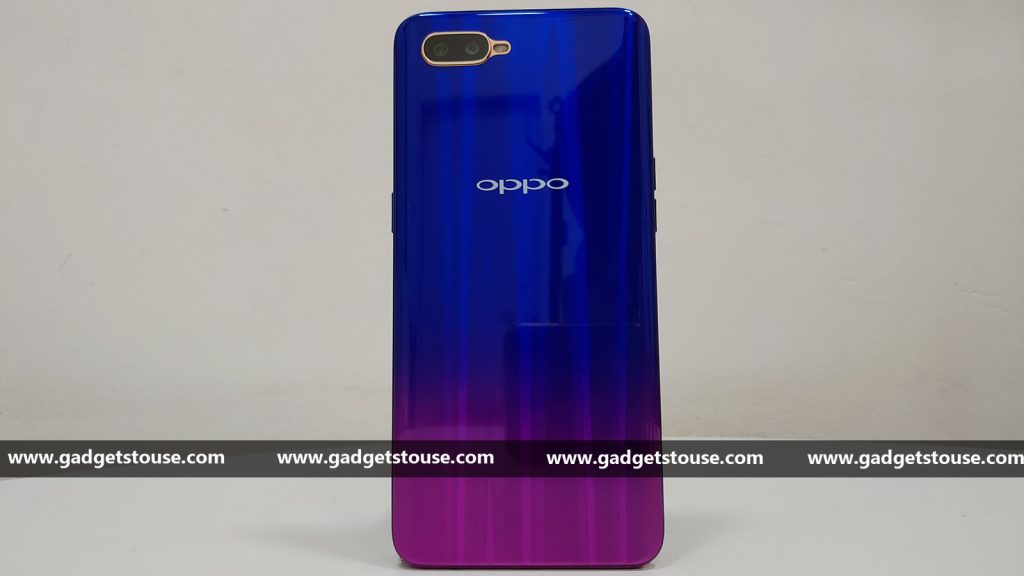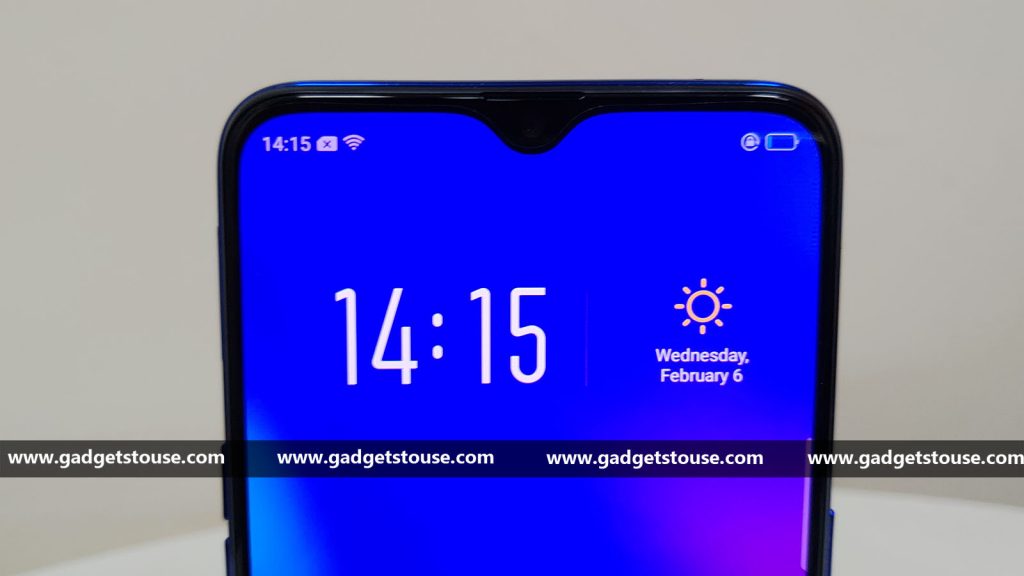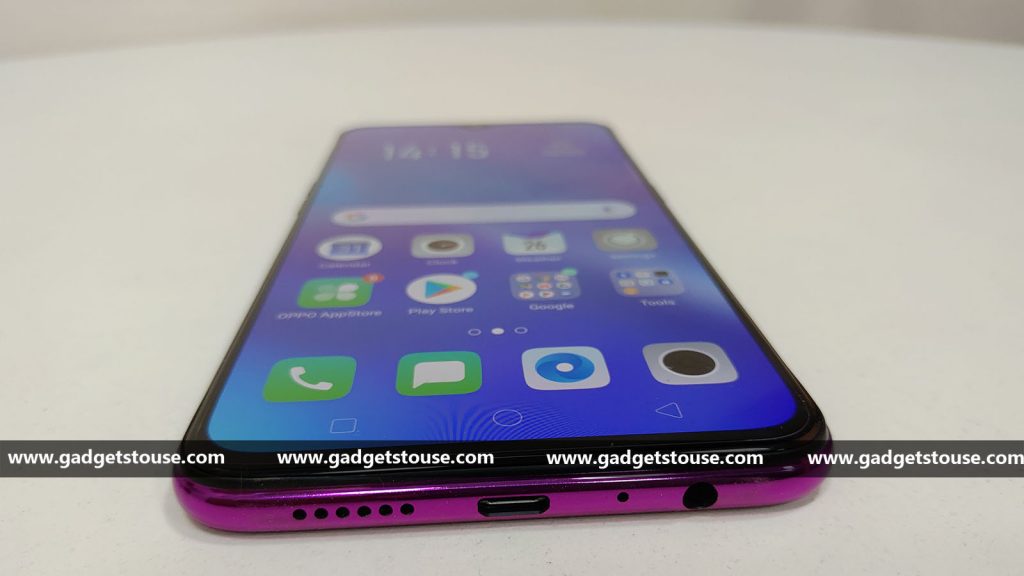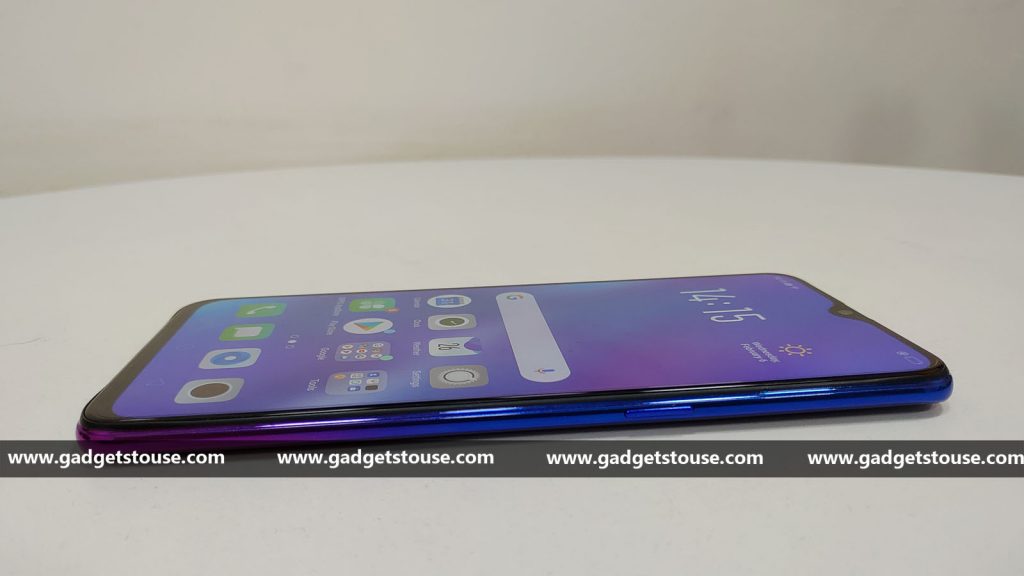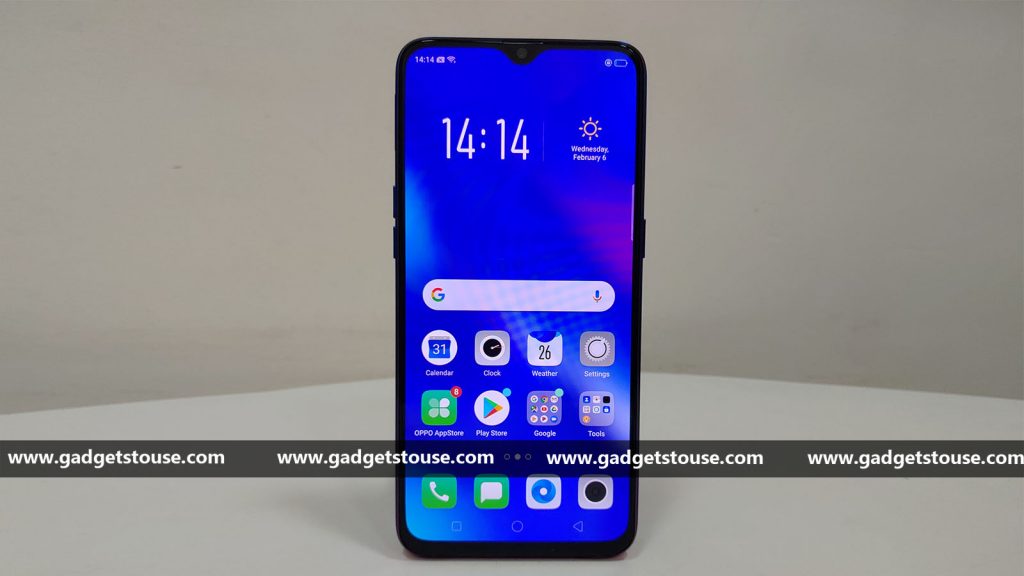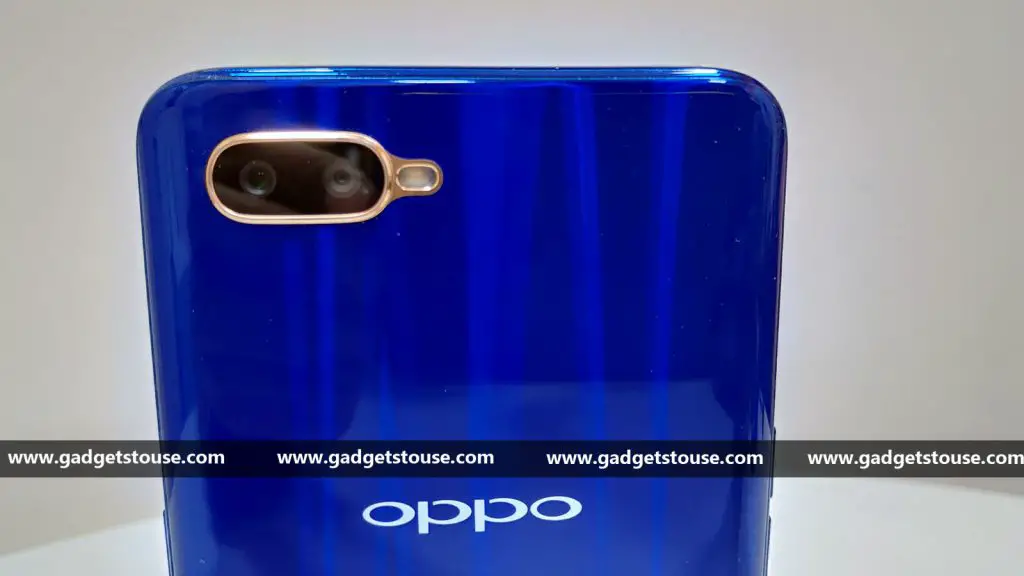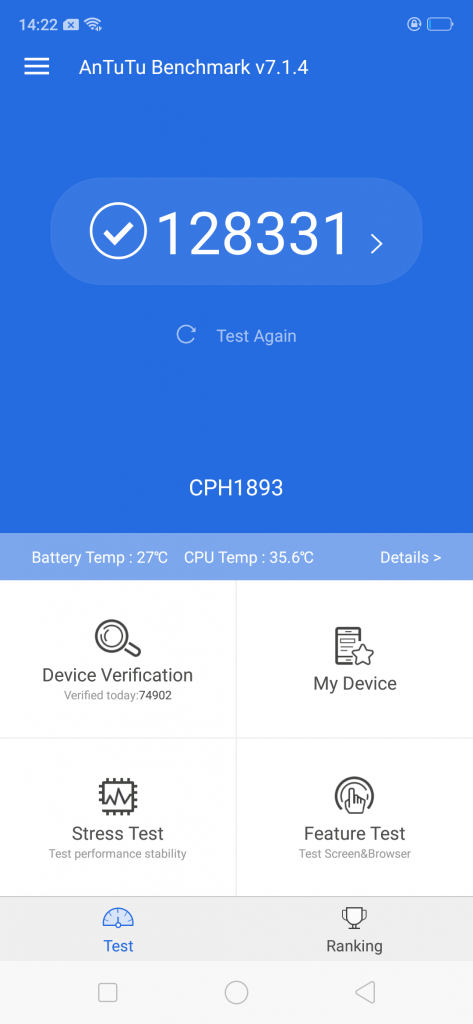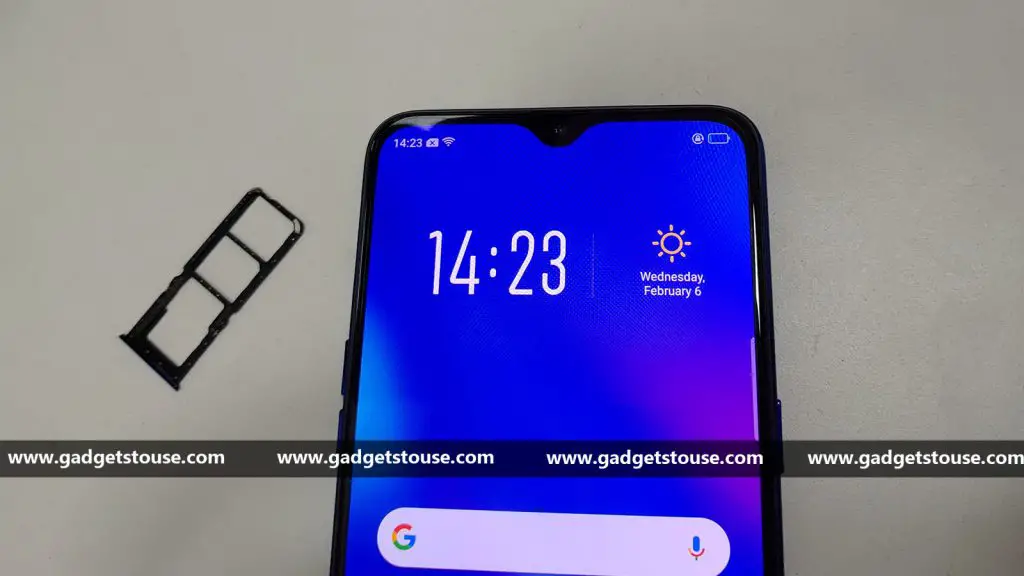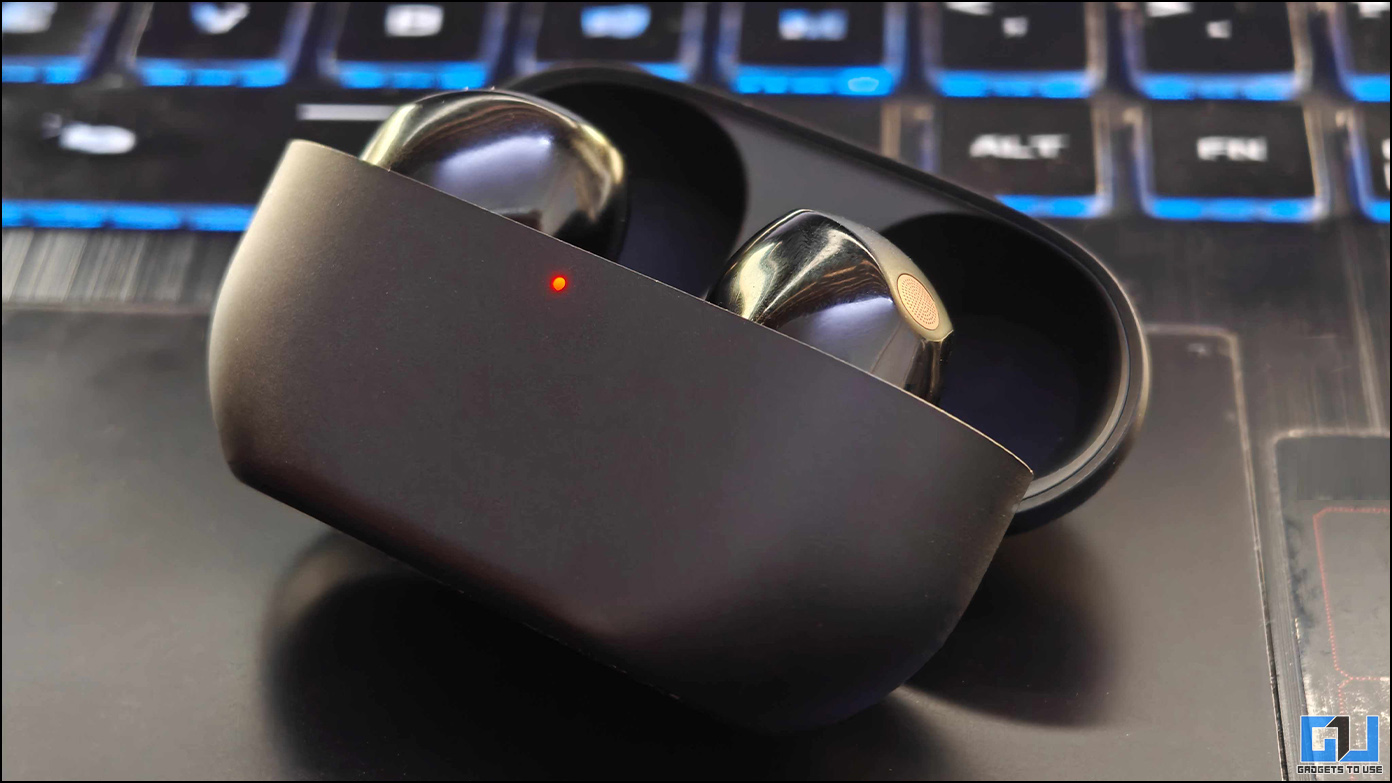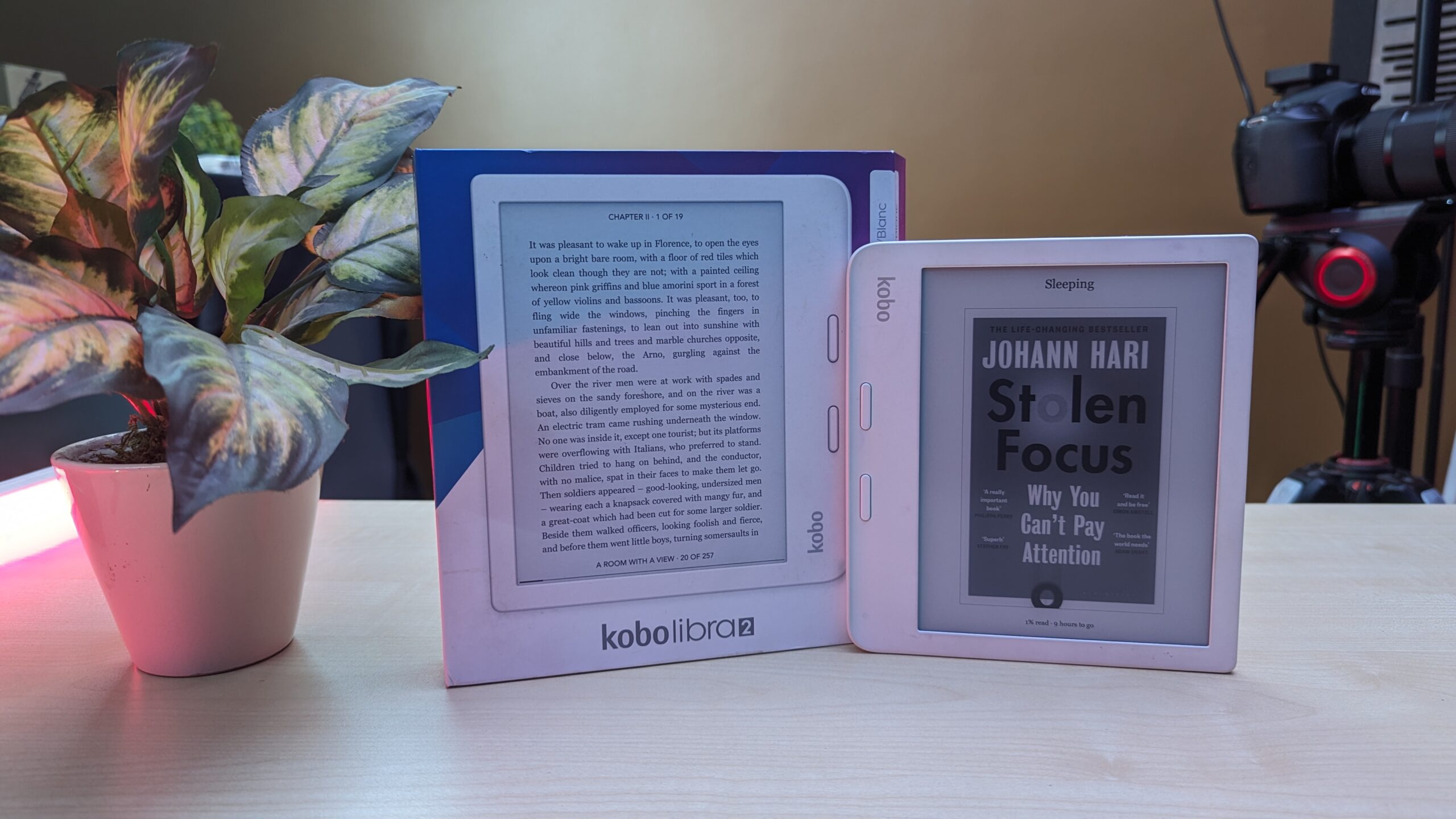OPPO launched its latest mid-range phone in India today with introducing a new K series. OPPO K1 is the first from the series and looking at it we can assume that the Chinese company is focusing on bringing premium features at an affordable price segment in India. The K1 comes with features like an AMOLED display panel and an in-display fingerprint reader that is rare in under Rs. 20,000 segment.
We have been using this new OPPO K1 for some time now and here are our first impressions about the device.
OPPO K1 Specifications
| Key Specifications | OPPO K1 |
| Display | 6.4-inch Super AMOLED |
| Screen Resolution | FHD+ 2340×1080 pixels, 19.5:9 aspect ratio |
| Operating System | Android 8.1 Oreo |
| Processor | Octa-core 2.2GHz |
| Chipset | Snapdragon 660 |
| GPU | Adreno 512 |
| RAM | 4GB/6GB |
| Internal Storage | 64GB |
| Expandable Storage | Yes, up to 256GB |
| Rear Camera | Dual: 16 MP, f/1.7, 1.12µm, PDAF+ 2 MP, f/2.4 |
| Front Camera | 25MP, f/2.0, 0.9-micron pixels |
| Video Recording | Up to 2160p@30fps |
| Battery | 3,600mAh |
| 4G VoLTE | Yes |
| Dimensions | 158.3 x 75.5 x 7.4 mm |
| Weight | 156g |
| Sim Card Type | Dual SIM |
| Price | 4GB/64GB- Rs. 16,990 |
Design and Display
The OPPO K1 comes with a plastic build but it does look premium because of 3D glass-like rear panel with a gradient pattern. The glossy rear panel with a horizontal dual camera set up having gold accent around it and a full-screen AMOLED display with a small notch at the top looks really great. It sports an in-display fingerprint sensor which is slightly slower than a physical fingerprint sensor.
It comes in two colour options- Astro Blue and Piano Black. We used the Astral Blue colour during our review and it looks really cool. It offers blue hues up the top half that gradually shifts to purple at the bottom.
There are a 3.5mm headphone jack and a single speaker grille at the bottom along with a micro USB port. The USB Type C port could have been better. The device is lightweight and compact with just 7.4mm thickness.
The phone sports a 6.4-inch Super AMOLED display panel with an FHD+ (2340×1080 pixels) screen resolution. It sports 19.5:9 aspect ratio and 91% screen to body ratio so there are very thin bezels on either side and a small notch on top.
The brightness is good and colours are also saturated, thanks to AMOLED panel and FHD+ screen resolution. The daylight visibility and viewing angles are also quite good. The display is also protected by Corning Gorilla Glass 5.
Cameras
The OPPO K1 sports dual camera set up at the back that has a 16 MP primary sensor with a wide f/1.7 aperture and a 2MP secondary depth sensor with f/2.4 aperture. The rear camera supports Portrait, HDR, AI and Beauty modes. The camera is able to click decent pictures in all lighting conditions. I am impressed with the accurate colours and details in the pictures including the portrait shots. You can also record up to 4K resolution videos on the K1.
Like other OPPO phones, the K1 sports a 25 MP f/2.0 aperture selfie camera. The front camera also supports Portrait, AI and Beauty modes. We captured a few selfies in both indoors and outdoors and they had good brightness with quite accurate skin tone.
Performance
Under the hood, the OPPO K1 gets a Snapdragon 660 processor with Adreno 512 GPU. It is an octa-core chipset clocked at 2.2GHz and offers good performance and is a powerful performer in terms of moderate gaming and multitasking. I played PUBG mobile with high graphics settings and it did not show any glitch. The OPPO K1 comes here with 4GB RAM and 64GB internal storage option as did not launch the 6GB RAM variant in India.
In terms of software, the smartphone runs Android Oreo 8.1 Oreo with OPPO’s own Color OS 5.2 on top. The UI seems same old to me with large icons. Moreover, an irritating thing about the UI is the news and ad flashes that pop up anytime and can’t be disabled.
Battery and Connectivity
The OPPO K1 is backed by a 3,600 mAh battery. During the time I spent with the K1, I found that the battery could last for a day easily after continuously using it. It doesn’t come with any fast charging support.
In terms of connectivity, it supports two Nano-SIM cards with dedicated SIM card slots and a dedicated microSD card slot as well. The phone supports both LTE and VoLTE networks and Dual VoLTE feature also. It is disappointing to see the micro USB port in a 2019 mid-range phone but we think OPPO would surely pay attention to it in future.
Wrapping up
At Rs 16,990, the OPPO K1 offers some features that are rare at such price point. The AMOLED panel with an in-display fingerprint sensor is still a thing that only flagships could afford. Moreover, the K1 also comes with a powerful chipset and impressive cameras, especially the selfie camera. Overall, the premium design and such amazing features make OPPO K1 a promising contender in the mid-range segment.
